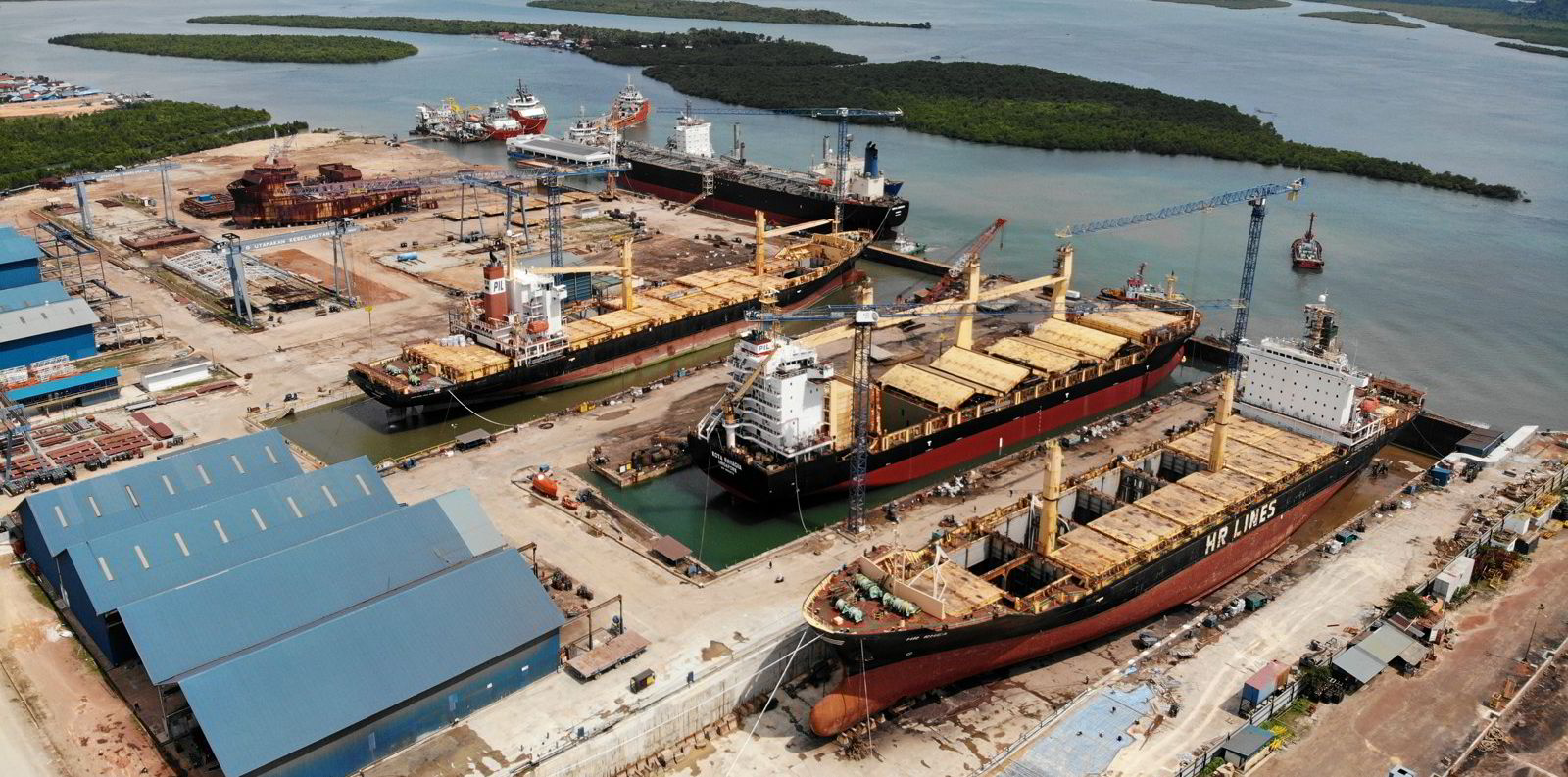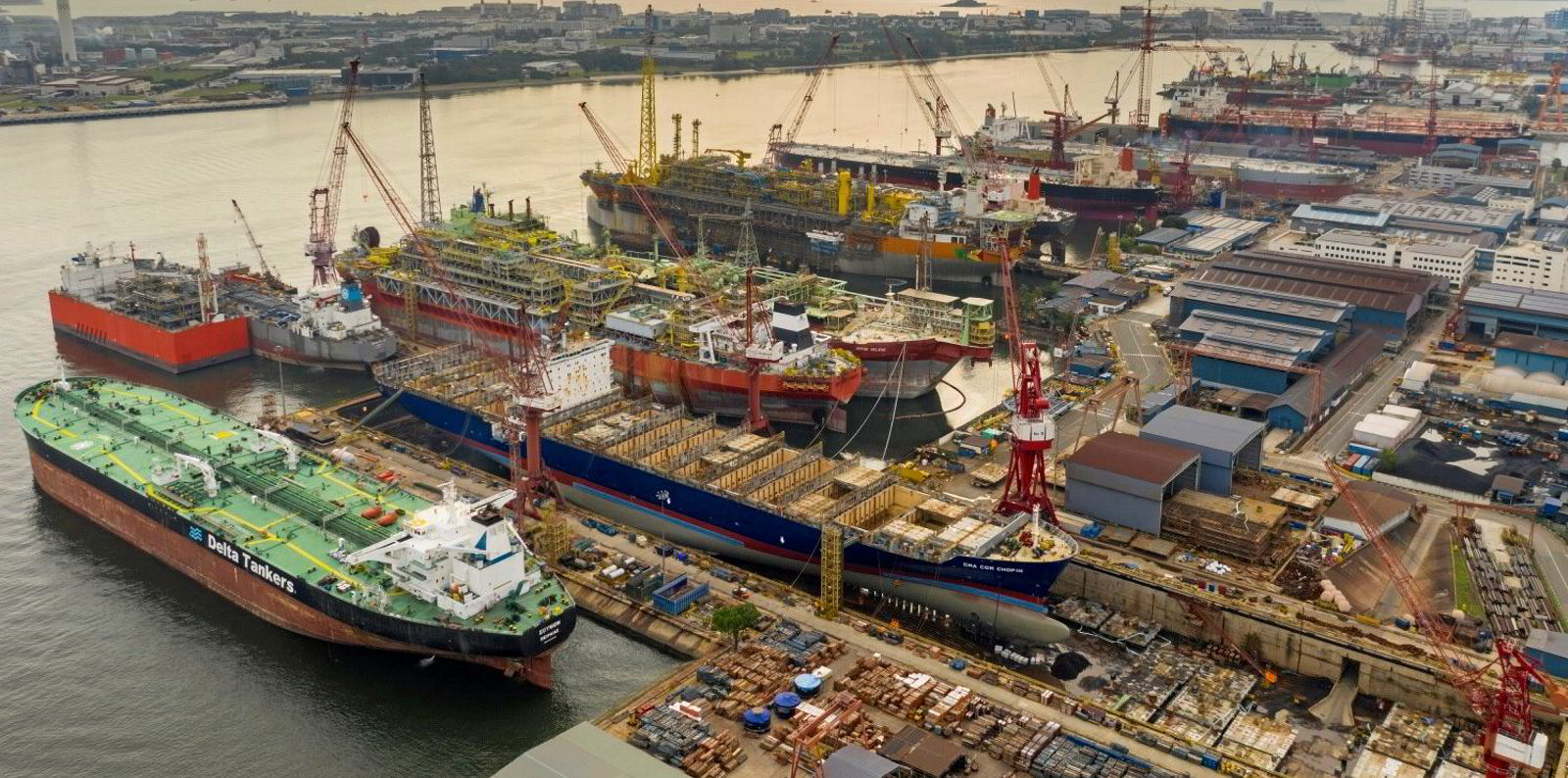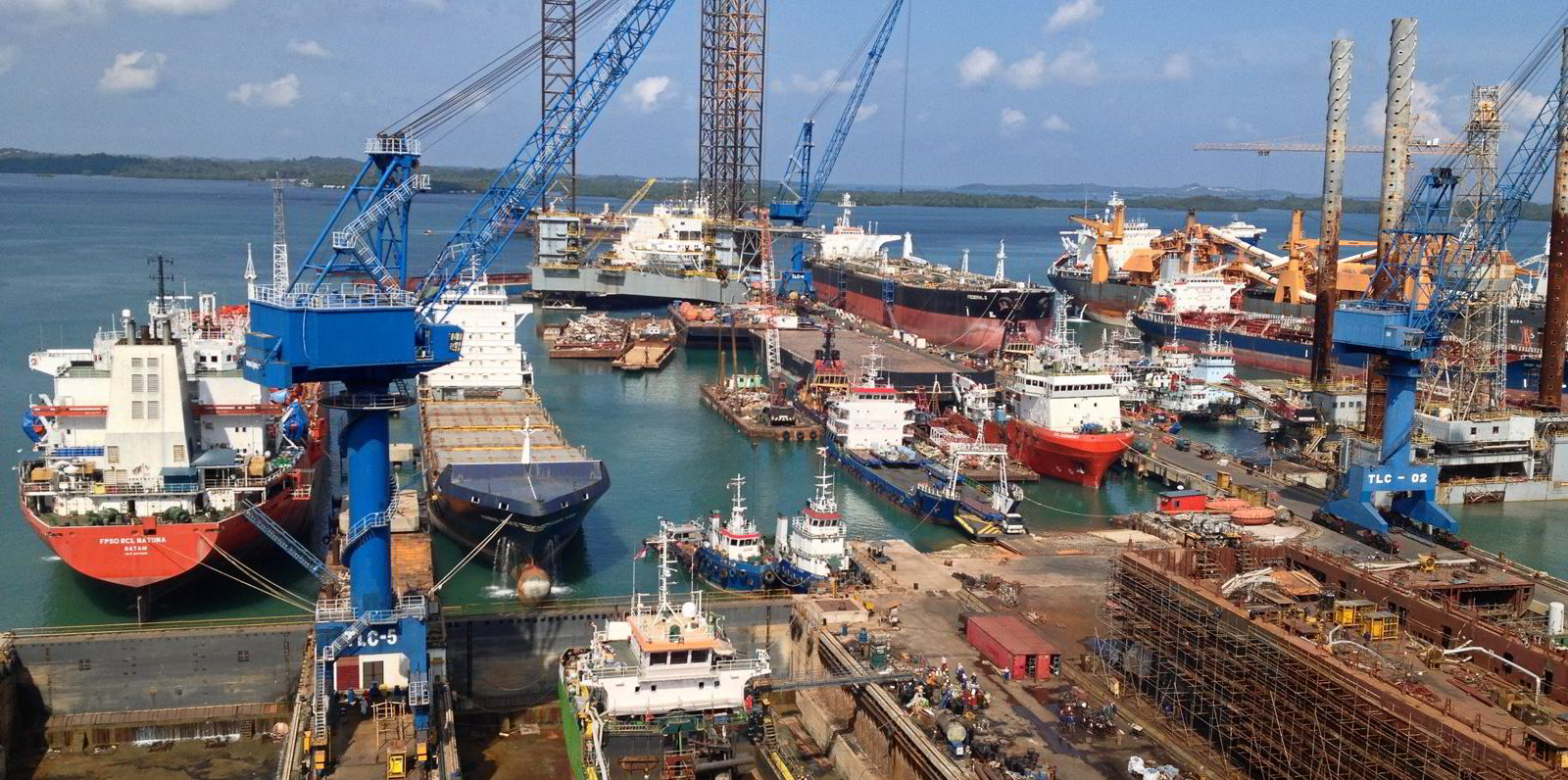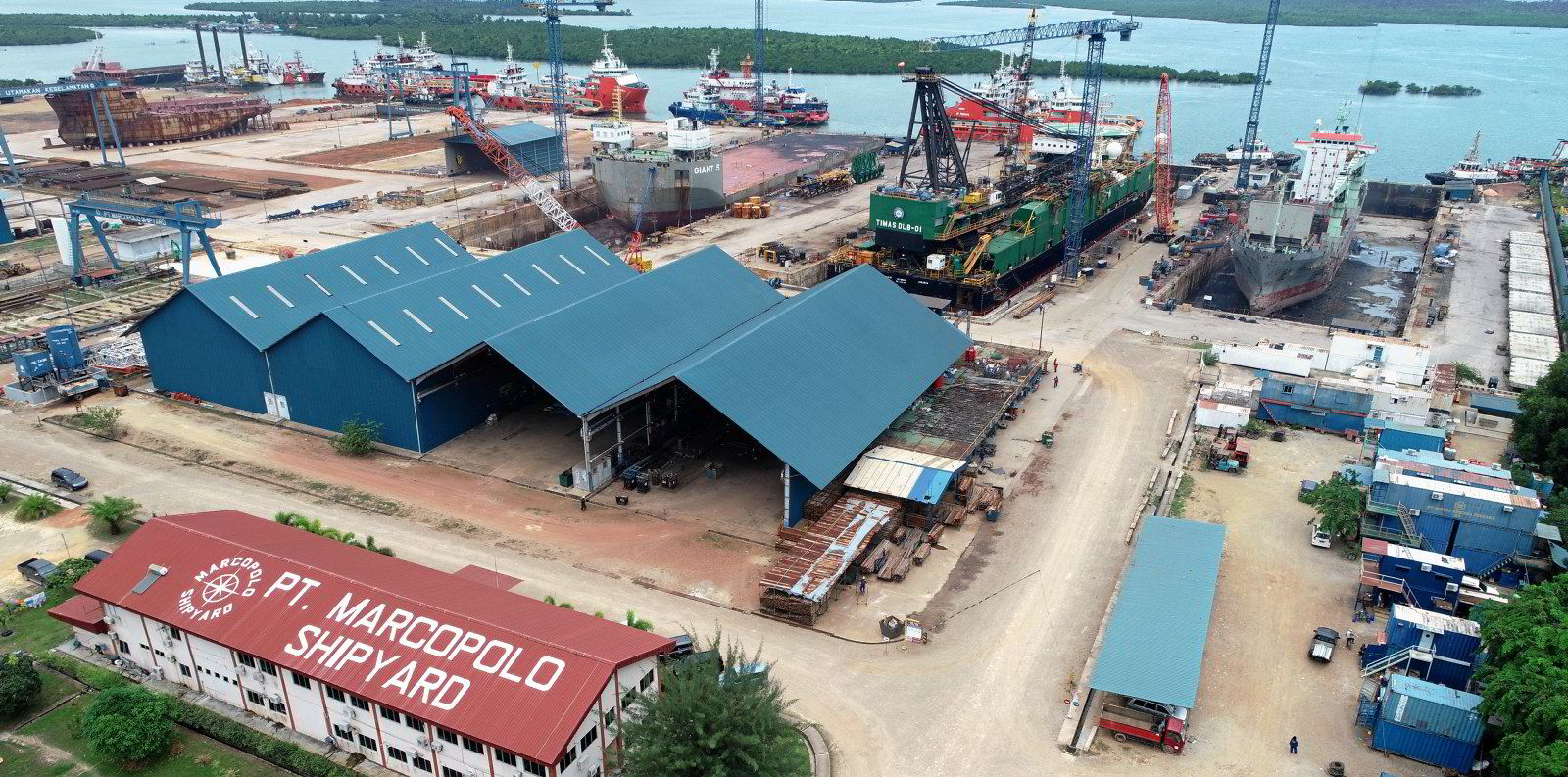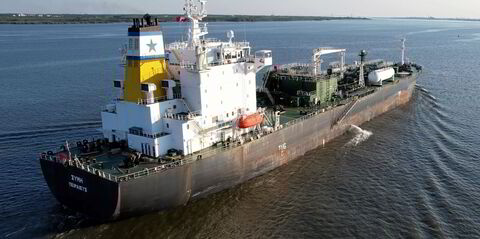Ship-repair facilities in Singapore and the wider South East Asia region have been hit by the double whammy of hot shipping markets and the Covid-19 pandemic.
Before the pandemic, repair facilities in the Lion City were consistently dry docking more than 500 vessels per year, according to figures recently compiled by Nippon Paint.
However, that dwindled to just 296 ships in 2020, the year the virus took hold, and 316 the following year. Prospects for 2022 show only modest improvement.
Bill Phua, managing director of Nippon Paint Marine (Singapore), said strict virus safety measures and travel restrictions have restricted the availability of workers to carry out the work.
He said high freight rates are also expected to continue to affect repair volumes, as shipowners postpone scheduled dry dockings to keep vessels trading.
“It does create planning problems, especially at Chinese repair yards where there are very strict quarantine protocols in place,” he said. “Dry dockings are taking considerably longer. We are seeing ships diverted to Vietnam and Dubai.”
But Phua believes an increase in vessels applying more fuel-efficient hull coatings will prove a boon for repair yards and coatings companies.
“We expect the number of vessels dry docking in the Asia-Pacific region for a new coating to be 680 to 800, slightly up on the previous two years but still only 60% to 70% of the number of vessels that docked in 2019, which had a combined tonnage approaching 76m deadweight,” he said.
In addition to the hot markets keeping ships out of dry docks, there is also increased competition for those vessels looking to undertake repairs or upgrades, according to Malaysia Marine and Heavy Engineering Holdings (MMHE).
Even before Russia’s invasion of Ukraine changed the dynamics of the LNG market, demand for tonnage to meet this year’s winter market is resulting in higher activity and rate levels.
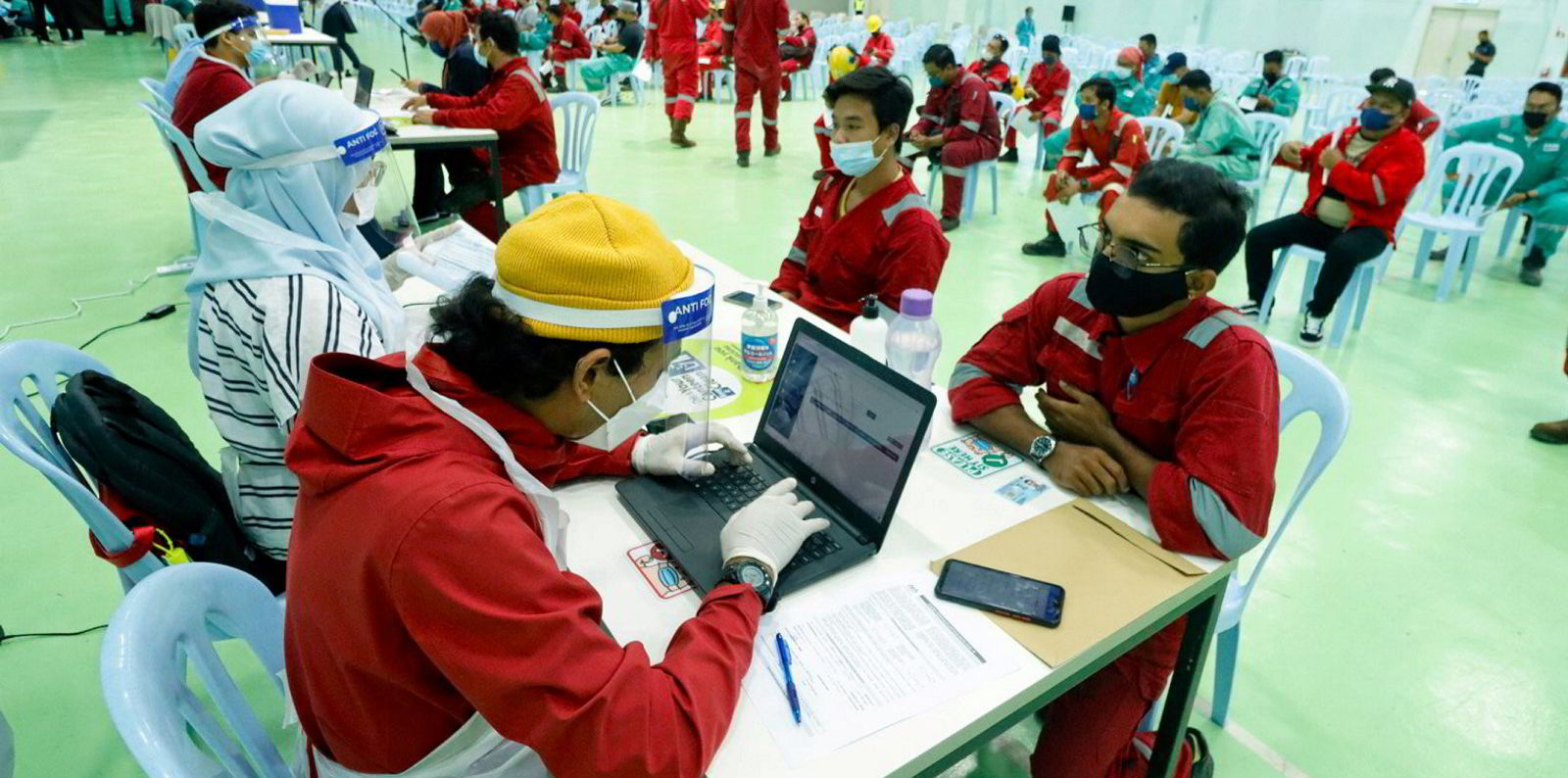
“The increase in LNG trade will result in more LNG vessel owners deferring dry docking,” MMHE said. “This will lead to stiffer competition among shipyards for the limited dry-docking opportunities.”
The Malaysian shipyard group said there is also a tendency among foreign clients to send their vessels to other countries with more relaxed restrictions.
However, Malaysia is starting to ease virus curbs and aims to treat Covid-19 as endemic.
The country will reopen its borders to international visitors and waive quarantine requirements for the fully vaccinated — a move that potentially also eases a labour crunch.
But it is not all doom and gloom for Singapore, with at least two shipyard companies expanding their facilities.
In February, Marco Polo Marine completed work to expand its No 1 dry dock in Batam, Indonesia, from 150 metres to 240 metres in length.
The Singapore-listed company said the extension will boost the group’s capacity for ship repairs by up to 20% as well as boost its bottom line.
Ship repairs have been a growing source of recurring income for Marco Polo Marine, with 50% to 70% of its business coming from repeat customers.
The group’s dock extension strategy aims to capitalise on the rising demand for ship repairs after it expanded its customer base beyond offshore vessels to include more merchant vessels such as container ships, bulkers and tankers.
For the full year to 30 September 2021, revenue from the group’s shipbuilding and repair operations surged more than 50% to SGD 26m ($19.2m) — the highest level since 2018.
Sean Lee, chief executive of Marco Polo Marine, said: “With demand for ship repair, maintenance and upgrading activity continuing to increase, and our three docks operating at approximately 80% of capacity, the completion of our dry dock extension comes at an expedient time.”
Meanwhile, Strategic Marine completed the acquisition of a much larger shipbuilding facility in Singapore in early February.
While the new facility will significantly boost its shipbuilding capacity, its repair and maintenance capacity will also be greatly increased with a 105-metre-long dry dock facility and a slipway.
